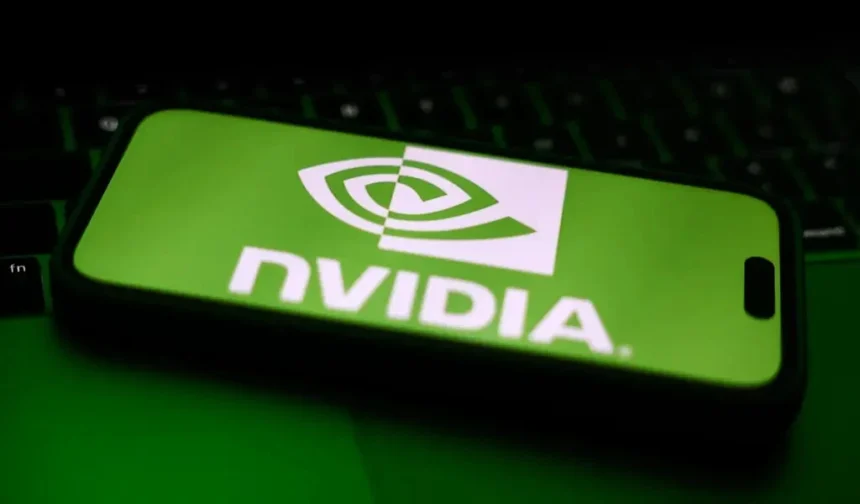(CTN News) – Nvidia is expected to introduce a new artificial intelligence chipset for China in June and commence mass production of a chipset that is significantly less expensive than the recently restricted H20 model, according to reputable sources.
The graphics processing unit (GPU) is anticipated to be priced between $6,500 and $8,000, which is significantly less than the $10,000 to $12,000 range that the H20 achieved, according to two sources.
Blackwell-based AI processors from Nvidia will integrate it.
The product’s simplified manufacturing requirements and lack of sufficient features are the reasons for the reduced price. Both sources indicate that it will be constructed on Nvidia’s RTX Pro 6000D, a graphics engine specifically designed for server applications.
Additionally, it will employ standard GDDR7 memory rather than cutting-edge high-bandwidth memory. Additionally, they suggested that the advanced Chip-on-Wafer-on-Substrate (CoWoS) packaging technology, which was designated.
The company has not yet disclosed the price, specifications, or production timeline of the new CPU. Reuters contacted three sources for this article, but they declined to provide their names. This occurred due to their lack of authorisation to conduct media interviews.
Nvidia is currently in the process of assessing its “limited” opportunities, according to a spokesperson. “We are effectively barred from the $50 billion data market in China until we develop a new product design and secure government approval from the United States.”
The decrease in market share
China remains a critical market for Nvidia, as evidenced by its 13 per percent share of total sales in the most recent fiscal year. China, the world’s second-largest economy, has requested Nvidia to create a graphics processing unit (GPU) for the third time.
The US government implemented these restrictions in order to impede the development of Chinese technology. According to reports, Nvidia initially explored the possibility of enforcing a prohibition on H20 in the United States in April. This concept was unsuccessful.
The current export restrictions in the United States no longer accommodate Jensen Huang’s involvement with H20. The official designation of the product was a challenging task for Reuters to ascertain.
The prospective graphics processing unit (GPU) is anticipated to be either the B40 or the 6000D, as per an article published on Tuesday by Chinese broking firm GF Securities. Nevertheless, the intermediary failed to disclose the transaction’s price or any other relevant information.
According to two sources, Nvidia is currently in the process of developing a second central processing unit (CPU) for China that is designed using the Blackwell architecture. Production may commence as early as September. The model’s specifics were exceedingly challenging for Reuters to accurately assess.
Huang informed reporters in Taipei this week that Nvidia’s market share in China has decreased from 95% prior to the implementation of U.S. export restrictions on its products in 2022 to 50% at present. The company’s primary competitor is Huawei HWT.UL, which manufactures the Ascend 910B processor.
China will buy more Huawei CPUs if export restrictions remain.
On Monday’s Stratechery podcast, Huang stated that the prohibition of H20 resulted in Nvidia writing down $5.5 billion in inventory and forfeiting $15 billion in sales. This was in addition to the corporation’s mandatory inventory write-off.
Recent export restrictions have further restricted GPU memory bandwidth, a critical statistic that assesses the speed at which data is transferred between the primary processor and memory circuits. The corporation implemented these limitations at the beginning of the year. This capability is essential for artificial intelligence systems that require the processing of substantial quantities of data.
According to Jefferies, an investment firm, the new regulations will restrict memory capacity to 1.7 to 1.8 gigabytes per second. Conversely, the H20 boasts a substantially greater capacity of 4 gigabytes per second.
GF Securities anticipates that the new GPU will use GDDR7 memory technology to achieve a speed of approximately 1.7 terabytes per second. This is merely a slight decrease.
SOURCE: CNBC
SEE ALSO:
X (Twitter) Experiences Another Significant Outage in Pakistan.
How Nippyfile Optimizes FlowFile Performance in Apache NiFi
Coyyn: The Future of Secure Digital Identity and Decentralised Finance















